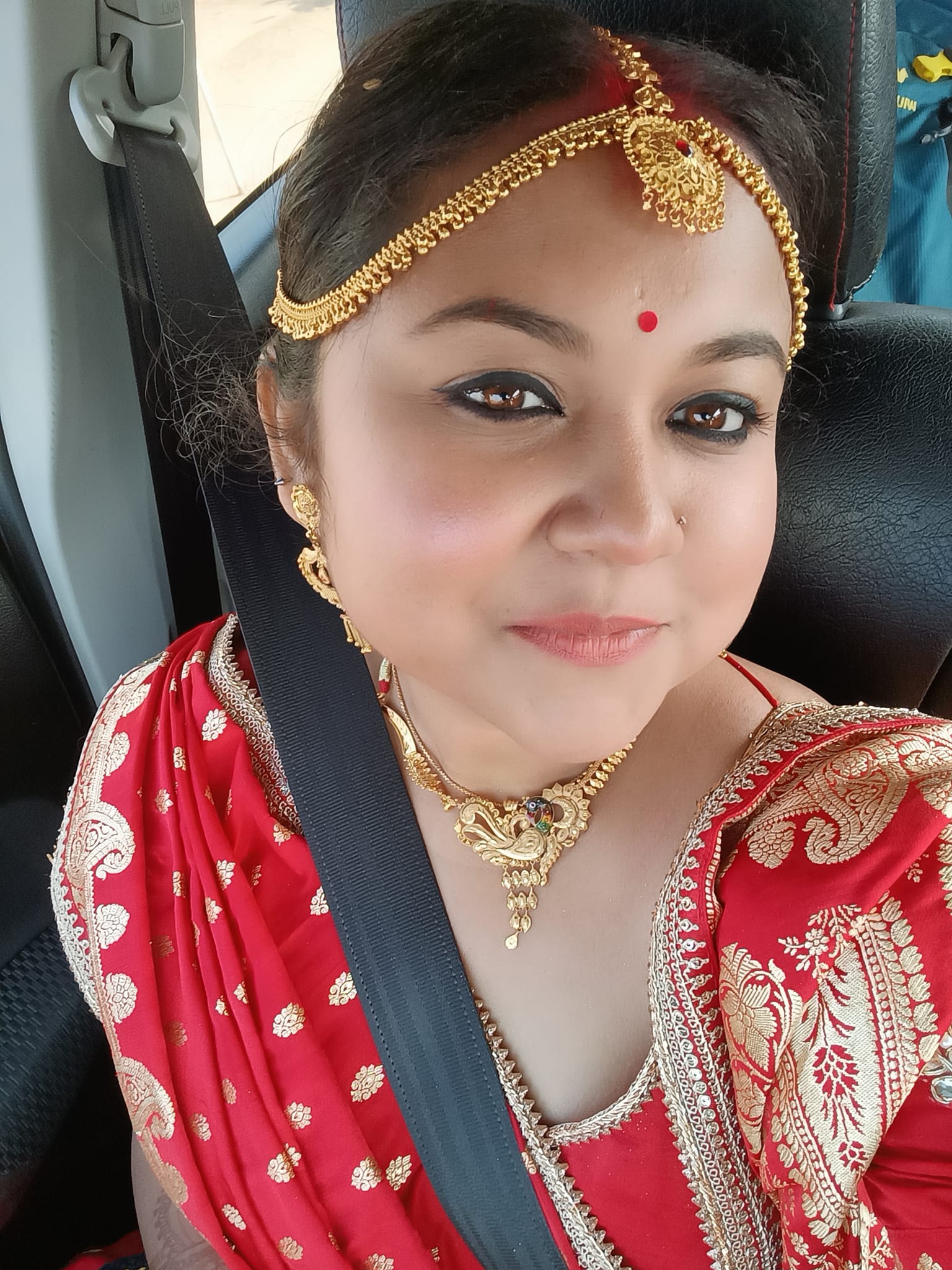Indian Viral MMS Video: The Buzz, The Truth, And The Impact
Let’s get real here folks. The Indian viral MMS video has been making waves across the globe for years now. It’s not just a piece of content—it’s a phenomenon that’s sparked debates, raised eyebrows, and even influenced cultural conversations. But what exactly is this buzz all about? Why does it matter so much? And most importantly, how has it impacted society?
From its mysterious origins to the countless theories swirling around it, the Indian viral MMS video is more than just a viral clip. It’s a reflection of how digital media shapes our perceptions and interactions. This isn’t just about entertainment; it’s about understanding the ripple effects of something so simple yet so powerful.
So grab your coffee, sit tight, and let’s dive deep into the world of the Indian viral MMS video—the hype, the truth, and the impact it’s left on the global stage. Trust me, this ain’t gonna be boring!
Here’s a quick guide to what we’ll cover:
- Biography: Who’s Behind the Video?
- Origins of the Viral Sensation
- The Buzz: Why Did It Go Viral?
- Controversies Surrounding the Clip
- Impact on Indian Society
- Global Reaction and Media Coverage
- Legal Implications and Actions Taken
- Psychological Effects on Viewers
- The Role of Social Media Platforms
- Lessons Learned and Moving Forward
Biography: Who’s Behind the Video?
Alright, let’s start with the basics. Every viral sensation has a story behind it, and the Indian viral MMS video is no exception. While the exact identities of those involved remain shrouded in mystery, there are some facts we do know. Below is a breakdown of the key players associated with the video:
Key Players in the Story
To give you a clearer picture, here’s a table summarizing the main individuals linked to the controversy:
- Movierulz Latest Movie Reviews News Updates 2025 Guide
- Hdhub4u 2025 Your Guide To Streaming Movies Entertainment
| Name | Role | Background |
|---|---|---|
| Person A | Primary Subject | Student at the time of the incident |
| Person B | Secondary Subject | Friend of Person A |
| Person C | Leaker | Classmate who allegedly shared the video |
Now, before we move on, it’s important to note that these names are placeholders due to privacy concerns. The real identities of the people involved have been kept confidential to protect their personal lives from further scrutiny.
Origins of the Viral Sensation
So, how did this whole thing even start? Back in the early 2000s, when smartphones were just beginning to take over the world, a short video clip started circulating among college students in India. At first, it was shared privately via Bluetooth and MMS (hence the name). But as technology advanced, so did the reach of the video. What began as a local phenomenon quickly turned into a global sensation.
How Did It Spread?
Here’s the thing—back then, sharing content was a lot simpler. You didn’t need fancy apps or high-speed internet. All you needed was a phone with Bluetooth and a few curious friends. Word spread like wildfire, and soon enough, everyone wanted a piece of the action.
- Initial sharing through Bluetooth
- Transition to online platforms
- Global distribution via social media
By the time the video hit YouTube and other streaming sites, it had already become a cultural reference point. And honestly? There’s no turning back from there.
The Buzz: Why Did It Go Viral?
Let’s face it—content goes viral for a reason. In the case of the Indian MMS video, it wasn’t just about the visuals. It was about the curiosity, the taboo, and the sheer audacity of it all. People wanted to see something they weren’t supposed to see, and that’s exactly what this video delivered.
But why did it resonate so deeply? Here are a few reasons:
- It challenged societal norms
- It tapped into human curiosity
- It created a sense of exclusivity
Think about it—how often do you come across something that feels forbidden? That’s the magic of viral content. It gives people something to talk about, something to debate, and something to remember.
Controversies Surrounding the Clip
Of course, with great buzz comes great controversy. The Indian MMS video wasn’t just praised—it was criticized, condemned, and even banned in certain regions. Why? Because it raised serious questions about privacy, consent, and the ethics of sharing intimate content.
Key Controversies
Here’s a rundown of the main issues surrounding the video:
- Lack of consent from the individuals involved
- Exploitation of personal data
- Impact on mental health
These controversies sparked heated discussions across India and beyond. They forced people to rethink their stance on digital privacy and the responsibilities that come with sharing content online.
Impact on Indian Society
The impact of the Indian MMS video on Indian society cannot be overstated. It wasn’t just a fleeting moment—it was a turning point. The video brought to light the darker side of digital media and the dangers of unchecked sharing. It also highlighted the need for stricter regulations and better awareness campaigns.
Long-Term Effects
Some of the long-term effects include:
- Increased focus on digital literacy
- Implementation of stricter privacy laws
- Rise in public awareness about consent
These changes have had a profound impact on how people view and interact with digital content. They’ve also paved the way for a more informed and responsible online community.
Global Reaction and Media Coverage
While the video originated in India, its reach extended far beyond the country’s borders. Media outlets around the world picked up the story, turning it into a global phenomenon. Reporters, analysts, and experts weighed in on the implications of the video, offering diverse perspectives on its significance.
What the World Had to Say
Here are a few notable reactions:
- International media praised the video for sparking important conversations
- Experts warned about the dangers of digital voyeurism
- Activists called for greater protection of individual rights
It’s fascinating to see how one piece of content can create such a wide-ranging impact. The global reaction to the Indian MMS video is a testament to the power of digital media.
Legal Implications and Actions Taken
With great power comes great responsibility—or so they say. In the wake of the Indian MMS video, legal actions were taken to address the issues it raised. Governments, organizations, and individuals all played a role in shaping the response.
Key Legal Steps
Here’s a summary of the legal measures implemented:
- Banning the distribution of the video
- Introducing new privacy laws
- Pursuing legal action against those involved in leaking the content
While these steps were necessary, they also sparked debates about freedom of expression and the limits of censorship. It’s a delicate balance that continues to be discussed today.
Psychological Effects on Viewers
Let’s not forget the human side of this story. The Indian MMS video didn’t just affect those involved—it affected everyone who watched it. The psychological impact on viewers cannot be ignored, especially given the sensitive nature of the content.
Common Psychological Reactions
Here are a few common reactions reported by viewers:
- Feelings of guilt and shame
- Increased awareness of privacy issues
- Debate over ethical dilemmas
These reactions highlight the importance of responsible content consumption. They remind us that every click, share, and like has consequences.
The Role of Social Media Platforms
Social media platforms played a crucial role in the spread of the Indian MMS video. From initial sharing to global distribution, these platforms were both enablers and regulators. They had to walk a fine line between allowing freedom of expression and ensuring user safety.
Platform Responses
Here’s how some platforms responded:
- Banning the video from their platforms
- Implementing stricter content moderation policies
- Collaborating with authorities to address the issue
While these responses were necessary, they also raised questions about the role of social media in regulating content. It’s a conversation that continues to evolve as technology advances.
Lessons Learned and Moving Forward
So, what have we learned from the Indian MMS video? First and foremost, we’ve learned that digital media is a powerful tool—one that can bring people together or tear them apart. We’ve also learned the importance of consent, privacy, and responsible content sharing.
As we move forward, it’s crucial to apply these lessons to our daily lives. Whether you’re posting a photo, sharing a video, or commenting on someone else’s content, remember the impact your actions can have. Let’s strive for a more informed, respectful, and responsible digital community.
And hey, don’t forget to leave a comment below and share your thoughts. This conversation isn’t over—it’s just beginning!
Article Recommendations
- Hdhub4u South Indian Hindi Dubbed Your Ultimate Guide More
- Kannada Movies On Movierulz 2025 Find Your Faves Legally



Detail Author:
- Name : Prof. Carlie Stark V
- Username : elisabeth10
- Email : ldare@yahoo.com
- Birthdate : 1986-02-13
- Address : 844 Margarett Rapid Kuhicberg, IN 54990-5179
- Phone : +19366482398
- Company : Fadel, Yost and Hammes
- Job : Fiberglass Laminator and Fabricator
- Bio : Sunt porro perferendis nemo voluptas eos non recusandae doloremque. Facilis qui eos suscipit repellat sunt qui. Corporis aut itaque quidem aliquid id voluptas. Eligendi ea corporis iusto laborum.
Socials
instagram:
- url : https://instagram.com/kristofer_dev
- username : kristofer_dev
- bio : Eos saepe culpa quia quas nihil. Omnis ullam non ut sed. Rem ipsa ut quia voluptatibus.
- followers : 5398
- following : 1145
tiktok:
- url : https://tiktok.com/@kristofero'connell
- username : kristofero'connell
- bio : Eveniet enim laborum odio nemo omnis expedita et.
- followers : 805
- following : 778
facebook:
- url : https://facebook.com/kristofer.o'connell
- username : kristofer.o'connell
- bio : Est cum ipsa similique enim vero est. Velit repudiandae iste at aut non odit.
- followers : 6858
- following : 1159